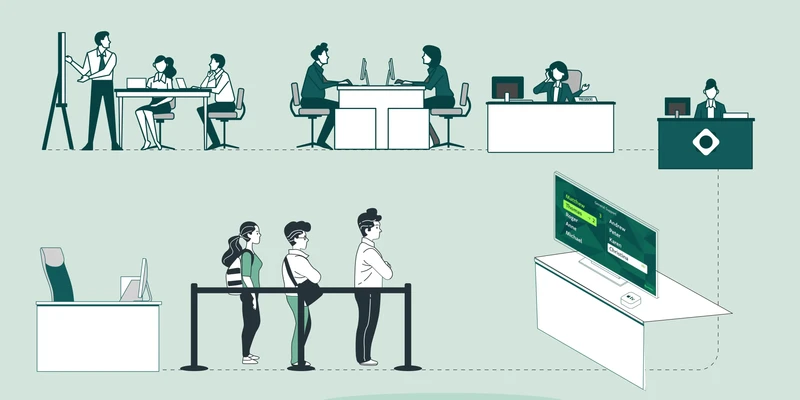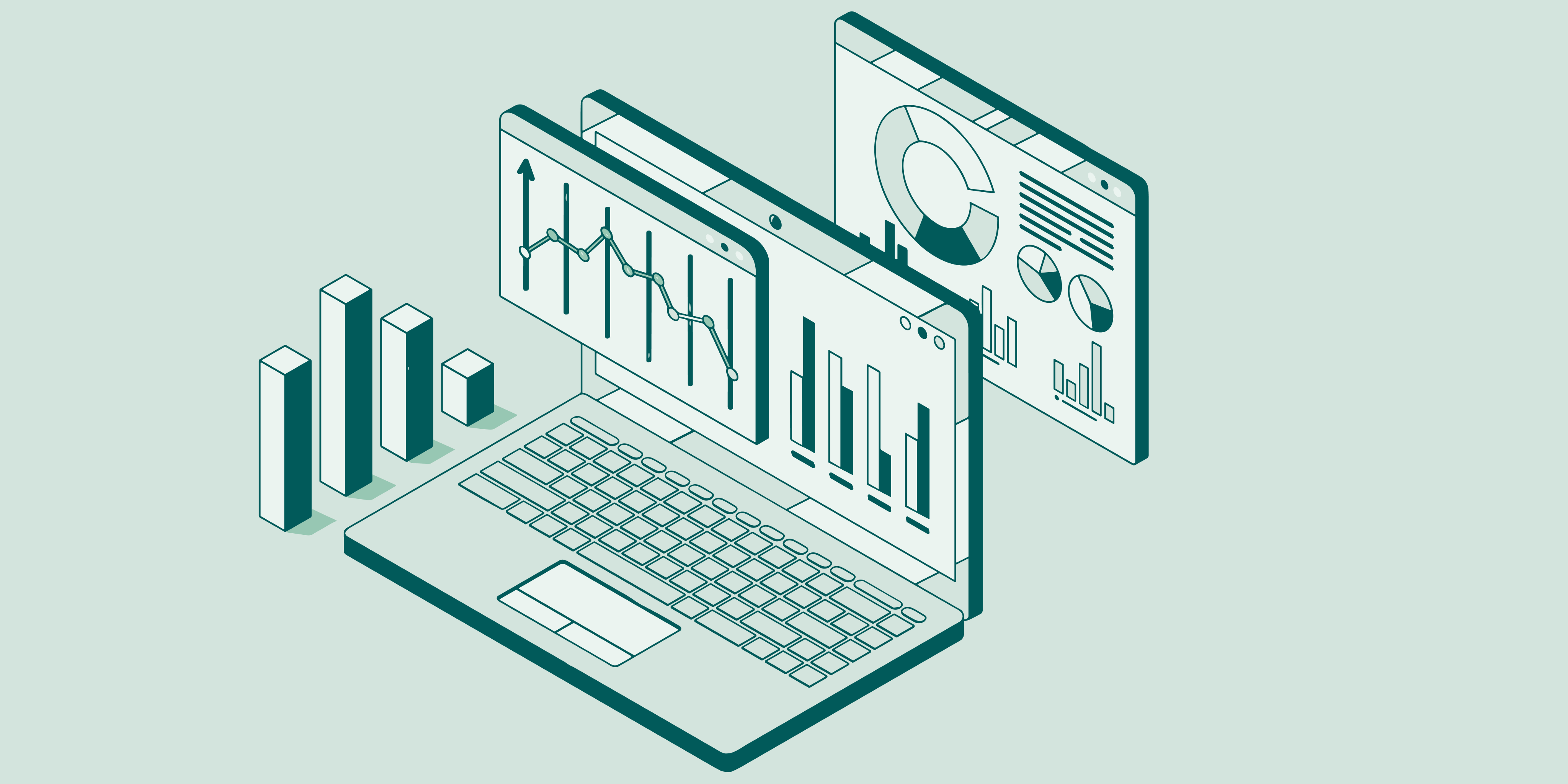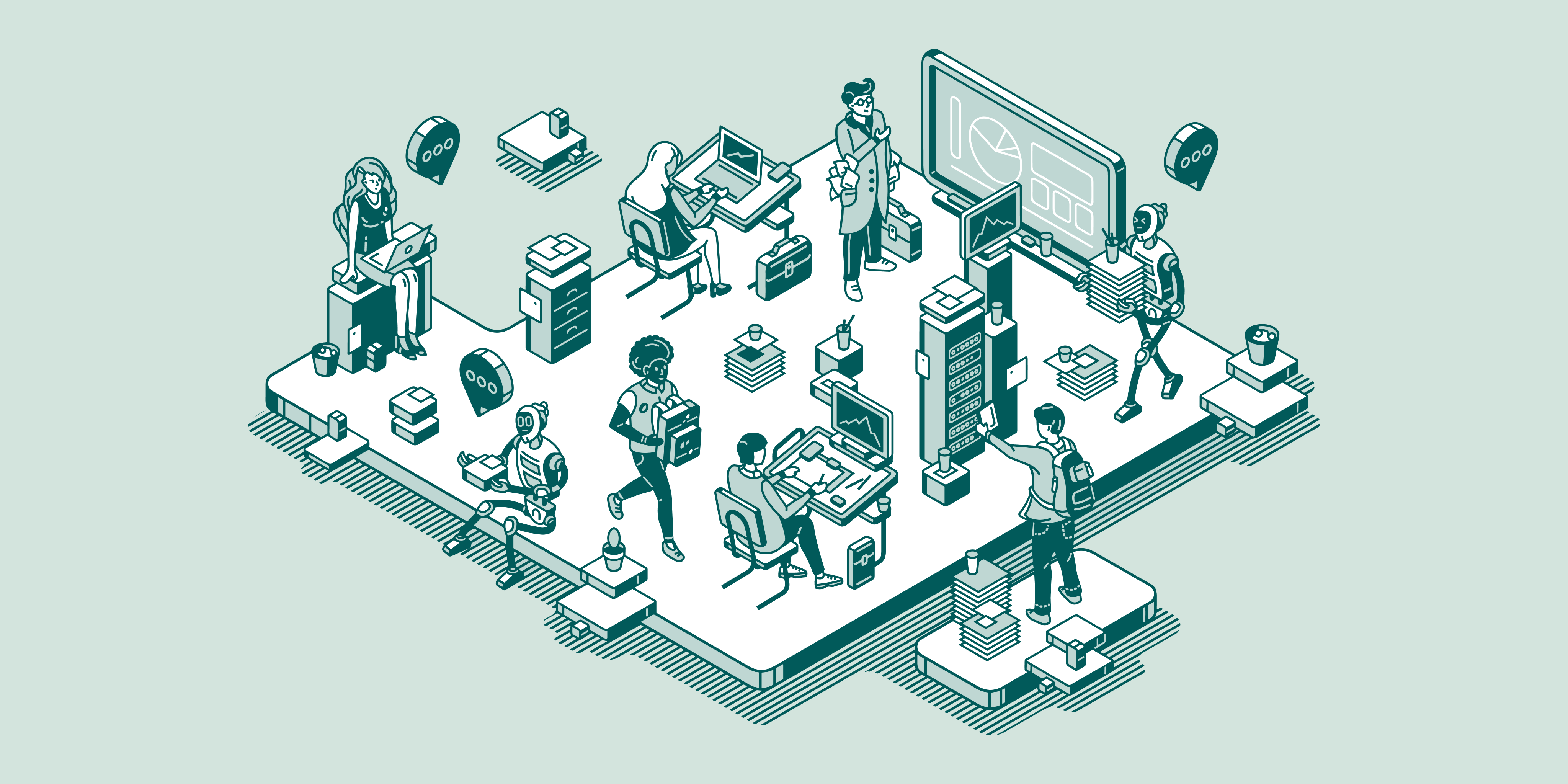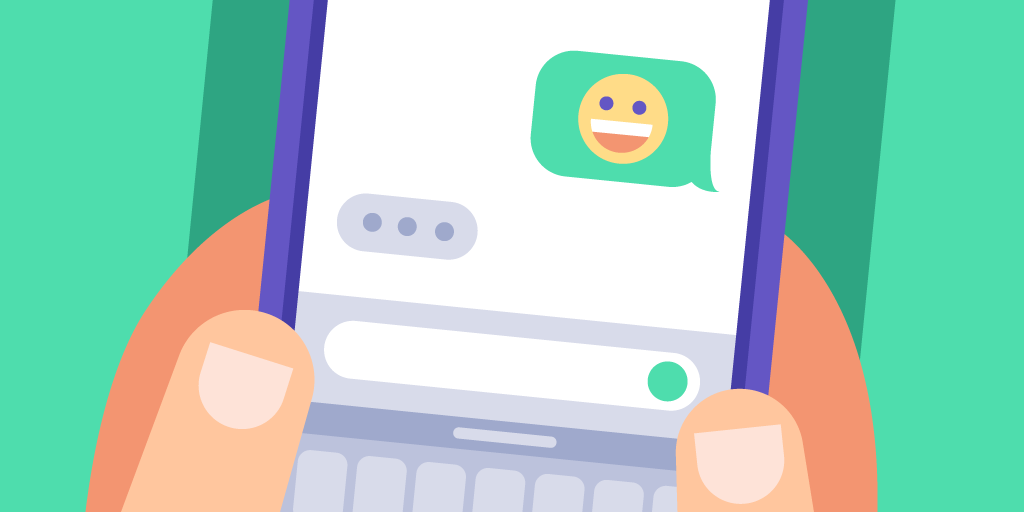Long waits at the DMV are a familiar frustration for many. Crowded lobbies, unclear processes, and slow check-ins can turn a simple task into a stressful experience. This isn’t just inconvenient for visitors; it also strains staff and slows down operations.
Thankfully, technology is helping change that. From self-service kiosks to virtual queuing and mobile check-ins, new DMV technologies are designed to make visits faster and smoother.
These tools not only reduce wait times but also improve communication, manage crowding, and give staff better visibility of workflows.
In this blog, we’ll look at 10 DMV technologies that actually cut down wait times and make the overall experience more efficient.
10 DMV Technologies That Improve the DMV Experience
DMV technologies are changing how public service offices manage visitors and reduce wait times. In this section, we explore 10 DMV technologies that improve the DMV experience.
1. DMV Virtual Queue Systems
Long lines at the DMV are stressful for everyone. Virtual queue systems flip the script. Instead of standing in a crowded lobby, visitors can check in from a kiosk, their phone, or even a browser. They get live updates about their place in line and an idea of how long they’ll wait.
Staff can see the flow of the day, adjust resources, and prevent bottlenecks. Qminder is one of the best DMV virtual queue systems, letting offices handle multiple locations while keeping visitors informed. It’s simple, effective, and a proven way to reduce wait times.
Why it works:
Sends real-time alerts so visitors know their queue position.
Lets staff see wait times and adjust operations instantly.
Visitors can wait offsite, keeping the lobby calm.
Makes the DMV experience smoother and less frustrating for everyone.
Also Read - 32 Best Virtual Queue Systems – Free & Paid
2. Online Appointment Scheduling
Long DMV lines are frustrating for everyone. Online appointment scheduling allows citizens to pick a convenient time for their visit. This simple DMV technology reduces overcrowding and helps staff manage flow more efficiently. By planning ahead, offices can serve more people smoothly and avoid bottlenecks at the counter.
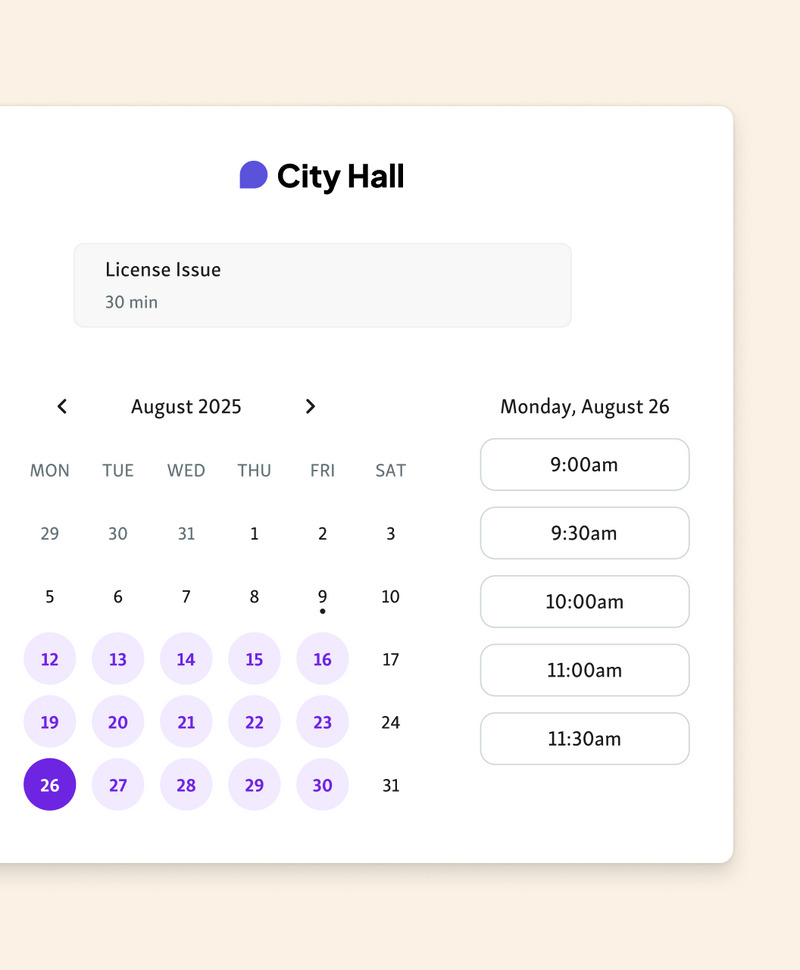
How it helps:
Citizens book time slots from their phone or computer.
Staff can allocate resources according to expected visitors.
Fewer walk-ins means shorter lines and faster service.
Check-ins are quicker, keeping the day on schedule for everyone.
See also - The Benefits of Appointment Scheduling Software in DMV and City Hall
3. Self-Service Kiosks
Self-service kiosks make check-ins faster and reduce lines at the DMV. Visitors can start their service quickly without waiting for staff. These kiosks handle tasks like license renewals, vehicle registration, and payments, giving employees more time to focus on complicated requests.

How it helps:
Speeds up simple transactions so counters move faster.
Reduces mistakes by guiding users through each step.
Cuts down overall DMV wait lines and crowding.
Allows staff to see who needs direct assistance and who can finish digitally.
4. Mobile Check-In Tools
Mobile check-in tools let citizens join the DMV queue before they even arrive. Using an app or a QR code, visitors can check their place in line and get updates in real time. This makes the visit more predictable and reduces the stress of waiting in crowded lobbies.

How it helps:
Keeps waiting areas less crowded.
Sends live updates on queue position and expected wait times.
Helps staff manage arrivals during busy periods.
Makes the DMV visit smoother for both visitors and employees.
Read also - How Improving Citizen Flow Can Deliver Measurable ROI for Local Governments
5. Automated Notifications & Reminders
Automated notifications keep DMV visitors updated without them needing to ask. SMS and email alerts inform citizens about upcoming appointments, changes in schedule, or expected wait times. This helps visitors plan their visit better and reduces uncertainty while they wait.

Staff can focus on assisting people rather than making repetitive calls. Over time, this approach reduces no-shows and last-minute reschedules, improving the overall DMV experience.
How it helps:
Sends SMS reminders for scheduled appointments and estimated wait times
Reduces missed appointments and reschedules
Provides instant updates about delays or changes
Allows staff to focus on serving visitors efficiently
See also - How to Improve Customer Communication With SMS Text Messaging
6. Digital Signage & Queue Displays
Digital signage or waiting room TVs gives DMV visitors a clear view of the queue in real time. Citizens can see which counter is serving next, their estimated wait, and any updates about delays or special notices.

This kind of visibility reduces uncertainty and helps visitors feel informed while waiting. Staff can also use these displays to guide traffic and make sure the lobby runs smoothly.
How it helps:
Shows real-time queue updates and counter availability
Reduces stress and uncertainty for visitors
Highlights announcements or instructions from staff
Helps staff manage the flow of people efficiently
7. Document Upload & e-Verification
Allowing citizens to submit documents online before arriving at the DMV makes the process faster and smoother. IDs, forms, and proof of residency can be uploaded securely. Staff can review and verify these documents in advance.
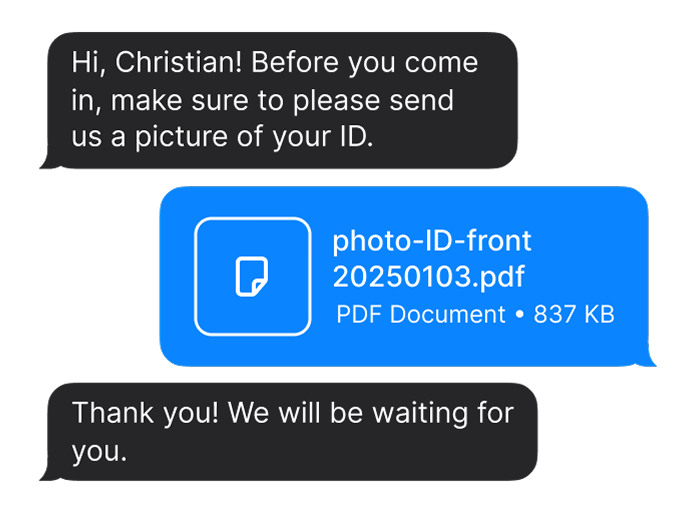
This reduces errors, prevents incomplete applications, and speeds up service when visitors arrive. Everyone spends less time waiting, and the overall customer experience improves.
How it helps:
Pre-verification lets staff handle applications quickly
Fewer mistakes and missing paperwork
Reduces repeat visits for corrections
Frees up staff to focus on assisting visitors efficiently
8. Integrated Payment Systems
Integrated payment systems make paying fees easier for citizens. They can use kiosks or online portals to complete transactions before or during their visit. This keeps lines moving and reduces the stress of waiting. Staff can focus on helping visitors instead of handling payments manually.
How it helps:
Lets citizens pay quickly using contactless or digital options
Reduces congestion at service counters
Cuts down errors from manual cash handling
Keeps the DMV process smoother and more predictable for everyone
9. Data Analytics & Reporting Tools
Data analytics and reporting tools give DMVs a clear view of how lines and staff are performing. These tools track wait times, staff efficiency, and peak hours. With this information, managers can plan better and make the DMV experience smoother for everyone.

How it helps:
Spot peak hours to schedule staff more effectively
Identify slow points in the check-in or service process
Make informed decisions that reduce wait times
Improve the overall DMV experience for visitors and staff alike
10. AI Chatbots & Virtual Assistants
AI chatbots and virtual assistants help citizens get answers and guidance at any time. They can walk visitors through appointment scheduling, document submission, and other DMV procedures. This keeps people from making unnecessary trips and reduces the load on in-person staff.
How it helps:
Provides clear answers to common DMV questions
Guides citizens through forms and processes step by step
Cuts down unnecessary visits, letting staff focus on more complex issues
Speeds up service and helps reduce DMV wait lines
What is the Future of DMV Services?
DMV services are changing fast. The focus is shifting from long lines and crowded offices to digital, automated solutions that make visits quicker and easier. AI, automation, and fully digital services are helping citizens handle more tasks remotely.
From checking in through mobile apps to scheduling appointments online, technology is reducing wait times and making the process smoother for everyone. Continuous innovation is key. By analyzing traffic patterns, updating processes, and introducing smarter tools, DMVs can prevent bottlenecks and serve citizens efficiently.
Key trends shaping the future:
AI chatbots that answer common questions any time of day
Kiosks that handle check-ins, renewals, and payments efficiently
Predictive analytics for better staff allocation and scheduling
Mobile apps that provide queue updates and remote check-ins
Take Action to Reduce DMV Wait Times
Long waits at the DMV frustrate both staff and visitors, but modern DMV technologies offer clear ways to fix this. Virtual queues, online appointments, and self-service kiosks help speed up check-ins and reduce lobby congestion. Staff can monitor lines in real time and adjust workflows to keep things moving smoothly.
For DMVs looking to improve efficiency and citizen experience, Qminder stands out. It makes check-ins simple, provides live updates, and gives staff a full view of queues.
Start using Qminder today and turn long waits into quick, predictable visits.
Yes. Modern self-service kiosk platforms allow visitors to handle multiple tasks such as renewals, license applications, and vehicle registration in one session. This reduces the need for multiple trips and speeds up DMV wait lines.
Absolutely. Reputable DMV technologies use encryption and secure authentication to protect personal information. They comply with privacy regulations while ensuring visitors can check in and track their position safely.
Yes. Many systems offer dynamic load management, predictive alerts, and staff notifications. This helps DMVs adjust in real time during peak hours or unexpected crowds, keeping lines moving efficiently.

